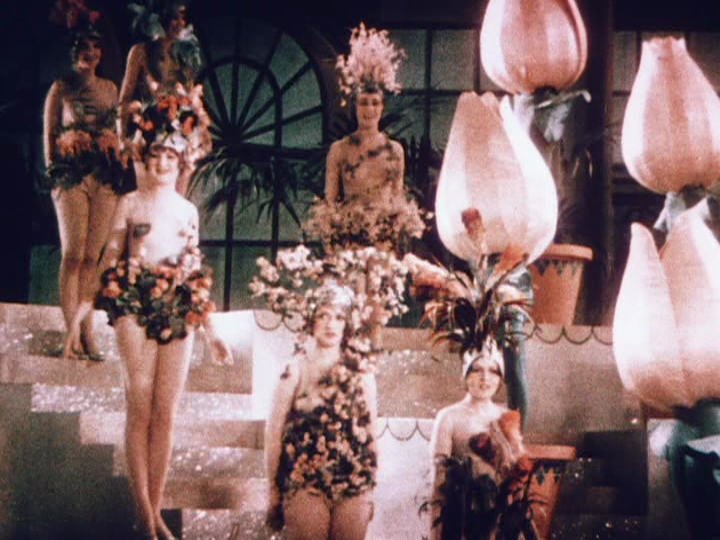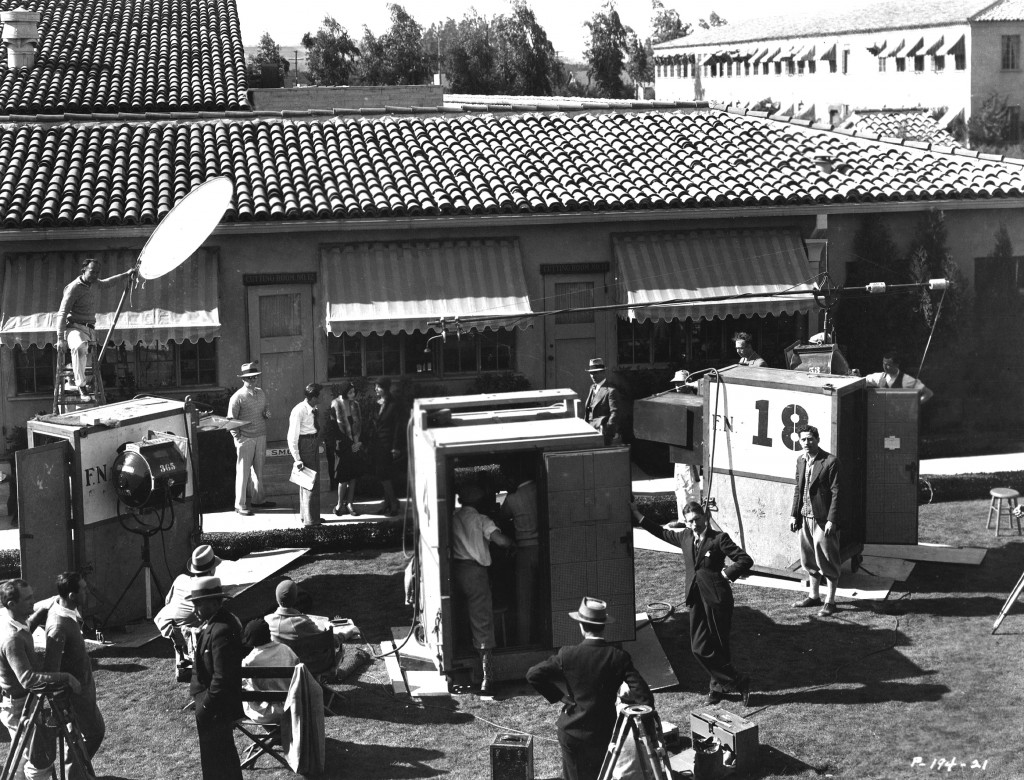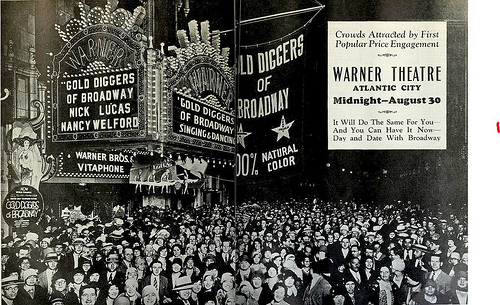
There are two major technological advances within the history of film as a medium– the ability of film to be synced with sound (The Jazz Singer, 1927) and the advent of Technicolor (roughly 1917, through the 2-color process). In my opinion, these two transitions in early Hollywood are the most significant because nearly every other film is built off its ability to carry out these two methods fluidly and crisply, even through the advent of computer-generated graphics.
In addition to the technological issues concerning these two transitions, it also proved difficult for all those involved within the production in front of and behind the camera, namely the actors. The introduction of sound, for example, proved immediately difficult for the actors because it asked them to produce more real-life aspects of their performance in less than realistic filming situations. Every movement, unlike the silent days, had to be choreographed with constant attention to sound, and therefore led to increased chances of error while filming. Likewise, the entire set had to be silent, including movements of the grip and special care had to be taken to make sure the loud cameras were housed in such a way that they were silent by camera boxes. Instead of the introduction of sound expanding the capabilities of filmmaking, it was often limited by the bulky gear used to capture that sound. Therefore, many films consisted of “stage” musical numbers that were static shots.

Color’s influence on early film was extremely well received, yet also proved to limiting in both production and significantly limiting in post-production. Within production, a large number of lights had to be used to penetrate the filters used to split the early red/green color film. This technology also led to more static sets due to the number of lights necessary. Post-production, the process of reproducing color prints and sending out dailies proved too demanding for the companies that held the patents on the color formulas, namely Technicolor. There are many more difficulties with these two transitions that were solved with technological advances; however, the demand by audiences for the recently found magic of color and sound often seemed to slow down these advances.
